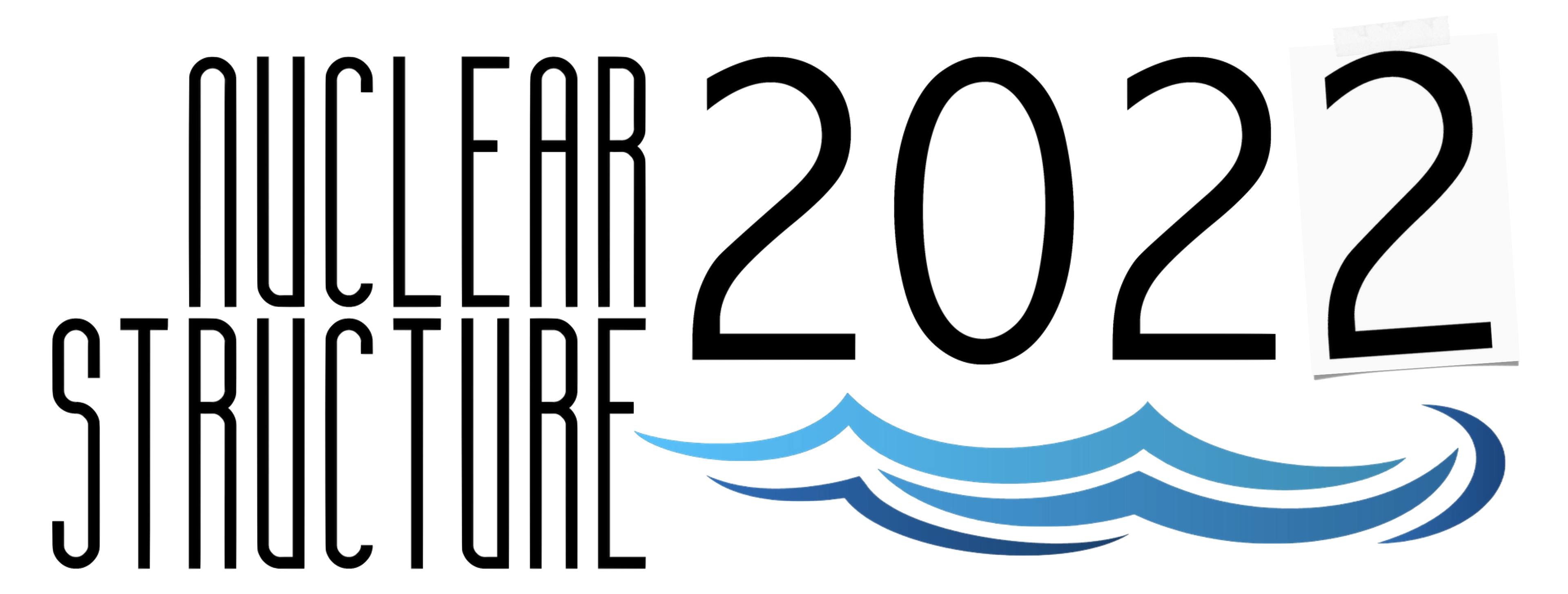Speaker
Description
Historically, the N=20 region of the nuclear chart has played a significant role in our understanding of nuclear structure. In this mass region, deformed excited states from neutron occupations in the νf7/2 orbital are observed to compete with normal configurations in the sd-shell leading to so-called intruder-states. Interestingly, this large evolution of shell structure is not a general feature for all nuclei in the sd-shell but rather focused around a nexus of nuclei colloquially referred to as the island of inversion (IoI). On the extreme neutron side of the IoI, lies 31Na where, to date, no negative-parity excited states have been observed above the positive-parity ground state which would help confirm the placement of the νf7/2 orbital. Thus, studying the $\beta$-delayed $\gamma$-ray spectroscopy of 31Ne, which has a negative-parity ground-state, will directly populate these critical states and bring new information to the table which has so far not been available.
Here, we will present the experiment to study the $\beta$-decay of 31Ne. This work was carried out at the NSCL. A 31Ne beam was selected by the A1900 separator following the fragmentation of a 140-MeV/nucleon 48Ca beam impinged on a ~700-mg/cm2 9Be target. To maximize transmission of the exotic fragments to the Beta-Counting Station (BCS), the fully 5% transmission capability of the A1900 was used. Various Si detectors and timing information in the BCS allowed for event-by-event identification of individual fragments entering the system. At the center of the BCS, fragments were implanted into a thick DSSD where these identified implant events were time-correlated to individual decay-events. The BCS was placed at the center of an array of sixteen Clover-style HPGe, and fifteen LaBr3 detectors for subsequent $\gamma$-ray detection released during the decay process.
Due to the high momentum acceptance, complete separation of 31Ne from its neighboring nucleus 30Ne is complicated, however separation has been achieved and verified through half-analysis. 31Ne has been proposed to have a significant p-wave neutron-halo component in its ground state configuration and present results indicate an extremely high $\beta$-delayed neutron branch for the decay of 31Ne with a few possible $\gamma$-ray transitions in 31Na present. The results will be presented from isotope identification and separation verification to observed $\gamma$-ray spectra and level schemes compared to shell-model calculations.
This work was supported in part by the U.S. department of Energy grant and DE-FG02-94ER40848 and the National Science Foundation.

